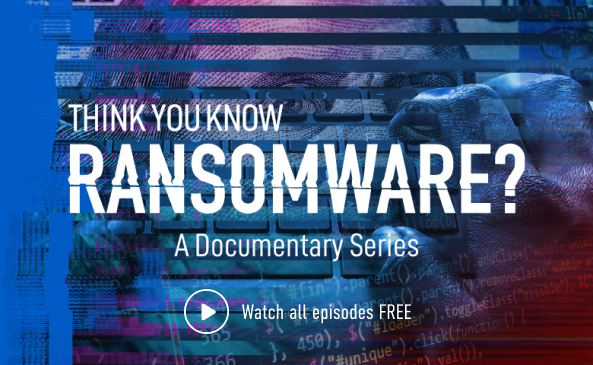Know Your Enemy
66% of organizations fell victim to ransomware last year. Don’t join the club.
What is Remote Ransomware
Remote ransomware, also known as malicious remote encryption, is when a compromised endpoint is used to encrypt data on other devices on the same network. Around 60% of human-operated ransomware attacks now involve malicious remote encryption. Learn the latest about this prevalent ransomware attack vector.
Deploy World-Class Protection
Today’s ransomware attacks often combine multiple advanced techniques even real-time hacking via subscriptions to ransomware-as-a-service. To minimize your risk of falling victim you need advanced protection that monitors and secures the whole attack chain.
Ransomware Best Practices
Follow these top tips to minimize your risk of attack:
- Use multi-factor authentication (MFA)
- Use complex passwords
- Limit access rights; give user accounts and administrators only the access rights they need and nothing more
- Make regular backups, and keep them offsite and offline where attackers can’t find
- Patch early and patch often. Ransomware like WannaCry and NotPetya relied on unpatched vulnerabilities to spread around the globe
- Lock down your RDP. Turn off RDP if you don’t need it, and use rate limiting, 2FA, or a VPN if you do
- Ensure tamper protection is enabled – Ryuk and other ransomware strains attempt to disable your endpoint protection
See Why Customers Choose Sophos for Ransomware Protection




